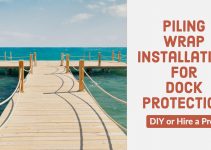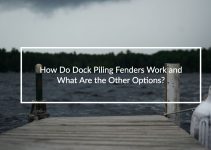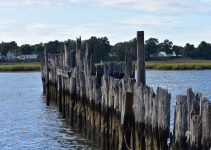The last thing you want when you build a dock is to keep spending money repairing it, over and over. Unfortunately, that is all-too-often the story for many dock owners.
One of the most important elements to the stability and longevity of many fixed or stationary docks and piers is the pilings or pier posts. Therefore, it’s important to understand how pier pilings (pier posts) become damaged and how pier protection helps.
How Dock Pilings or Pier Pilings Become Damaged
Pier posts can get damaged by the elements over time.
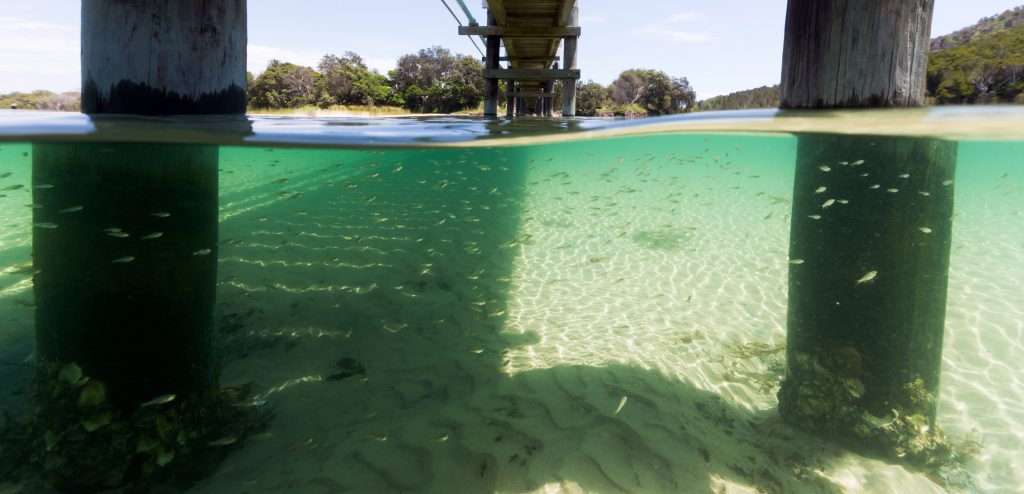
What do we mean by “the elements?” This type of damage includes that which comes from weather and water action – natural occurrences that exist whether we want them to or not and that we really can’t fight, much less stop. These elements can erode and degrade pier posts and pilings over time and cause them to not only look unattractive but to also weaken and possibly, lose some of their strength and stability.
Pier posts can be harmed by people and things.
We play near our docks. We play hard near our docks at times. This might include just playing around with water toys that can pretty much do no harm to our dock. On the other hand, it might include boats and other personal watercraft that can do some serious damage if they bang into our dock, or dock posts and piers, either one “big time” or in aggregate, over time.
Marine biology – specifically, certain types of marine life – can hurt our dock posts and piers.
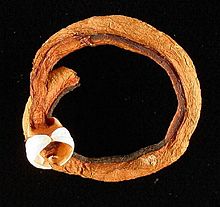
This dried specimen of Teredo navaliswas extracted from the wood and the calcareous tunnel that originally surrounded it and curled into a circle artificially. The two valves of the shell are the white structures at the anterior end; they are used to dig the tunnel in the wood. Courtesy of Wikipedia.
There are actually several different forms of marine life that can be a threat to dock piers and posts. However, probably the most prevalent are Shipworms. Shipworms are water-dwelling, wood boring and wood eating worms. Unfortunately, standard pesticides won’t get rid of Shipworms either because they aren’t true insects. They live in salt water and like much marine life, use gills to breathe.
Many marine contractors refer to Shipworms as termites because their behavior is very similar. They will get into the wood pilings and bore and eat until there is nothing left. Obviously, this can be dangerous, as well as costly, because sometimes docks will just collapse into the water if the Shipworms do enough damage.
If you notice signs that you already have Shipworms, then addressing them quickly and professionally is critical. To determine if you have Shipworms in your pilings, you’ll look for tiny holes in the piling, near the water surface. If you have a bad infestation, you may even notice some of the actual worms visible on the wood.
Pier Post Protection Options
For a residential dock, pier post and piling protection can help to prevent many of these problems before they happen. Similarly, the same pier protection options can help fix problems as well.
One of the most cost-effective pier protection options for a residential dock is pier post wrap – or piling protection that wraps around the pier to defend the posts from damage or future damage.
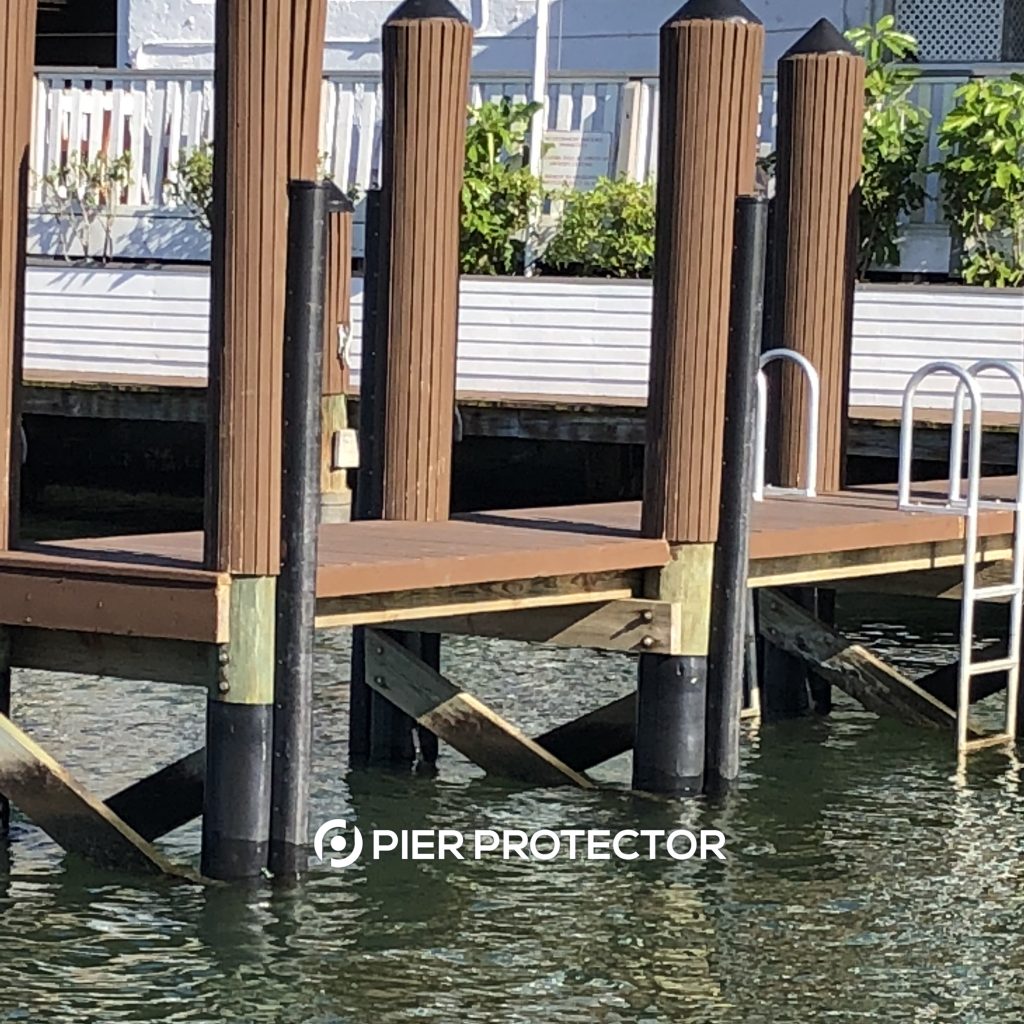
Obviously, we believe one of the best pier dock piling wraps is our Pier Protector product. Pier Protector is made of high-density HDPE plastic that is beefy and can last a lifetime, yet malleable enough to bend easily around the cylindrical piers. It is available in sheets that can be cut to fit your dock poles and then fastened to the pole with stainless steel nails. Pier Protector is attractive, and it works – both to prevent damage to dock pier posts and as a solution to repair mildly to moderately damaged pier posts, making them last longer. Of course, prevention is the best plan of attack when it comes to dock pier post damage. But even if you don’t install Pier Protector or another product up front, in many cases, it’s not too late. And while it is a little additional expense, it will likely return its value in dividends by lengthening the life of your dock over time.

